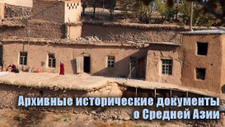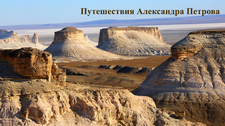You are here
Ceramic station of Kazpromsovet in Alma-Ata.
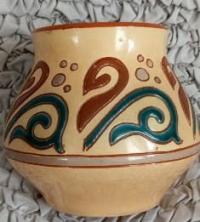
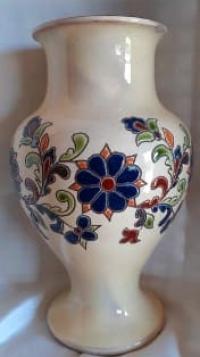
Ceramic souvenirs in Almaty.
"Yesterday I watched the circle spin,
How calmly, without remembering ranks and merits,
The potter molds bowls from heads and hands,
From great kings and the last drunkards."
Omar Khayyam.
Kazakh ceramic ornament.
Alma-Ata scientific and experimental ceramic factory was located at 123 Karasai Batyr Street (former Vinogradov), corner of Muratbaev (former Goncharnaya), in Almalinsky district of Almaty.
In 1935, the Scientific and Experimental Ceramic Station of Kazpromsovet was organized in Alma-Ata. The station was headed by A.N. Beloskursky, an invited specialist from Western Ukraine. The Alma-Ata Scientific and Experimental Ceramic Factory is the only enterprise in Kazakhstan that produces artistic ceramics.
It developed on the basis of a ceramic workshop created more than three decades ago. A wide variety of manufactured products and a high level of their artistic execution are the result of systematic improvement of the skills of artists, skilled workers and the entire staff of the factory.
Vases, jugs, decorative devices for water, kumiss, liqueur, coffee sets, fruit dishes, various household utensils, flowerpots, technical ceramics - this is far from a complete list of manufactured products. Along with mass-produced products, the factory makes unique souvenirs and gift items.
These works embody the hard work of artists, craftsmen, their desire for beauty, love for their land, its past and present. The Central Museum of Kazakhstan, the T. G. Shevchenko Art Gallery in Alma-Ata, the Museum of Oriental Cultures in Moscow and other museums of the country preserve and promote the ceramics of Kazakhstan.
Ceramic products of this factory were exhibited at international exhibitions in Italy, France, Belgium, the USA, Canada, Czechoslovakia, Romania, Ceylon. The following artists worked at the enterprise: Valentin Vasilyevich Kukuytsev (in 1946 - 1948), and later - Tamara Davitashvili, Valentina Sadovskaya, Rafael Kudrin.
In 1968, 5 workers of the factory were awarded medals of the USSR Exhibition of Economic Achievements, including: E. I. Panfilova - a silver medal, N. B. Ruzieva. V. F. Patsebin. V. F. Sadovskaya, F. A. Reznik - bronze medals. In the ceramic products of this time, attempts to use volumetric forms and systems of constructing an ornament on vessels characteristic of different historical eras and peoples can be traced, for example, ancient amphoras, lekythos, luster vases of Moorish Granada, etc.
The new context of forms with often unresolved proportional relationships and introduced variations of Kazakh elements of ornament led to a certain eclecticism and kitsch, not expressing the harmony of aesthetic and spiritual ideas of the interpreted samples.
Ukrainian forms of ceramic vessels were especially actively used, which were then also painted with Kazakh ornaments. In search of national originality in ceramics, the forms of leather vessels were repeated, for example, torsyk and zhantorsyk.
In 1937, the ceramic station participated in the World Exhibition of Arts, Crafts and Sciences in Paris. Despite the fact that the USSR pavilion received negative reviews from European and American art critics, and critics called the style of Soviet art neoclassicism, the experimental station received a silver medal and a diploma for a ceramic vase with a portrait of A.S. Pushkin based on a painting by I.N. Kramskoy.
In the pre-war years, the station produced small pots, vases, cups, plates, floor vases and glazed facing slabs with Kazakh ornaments. Among them, vases with colored graphic drawings of tiered ribbons of the Kazakh ornament koshkar muyiz on white engobe stand out.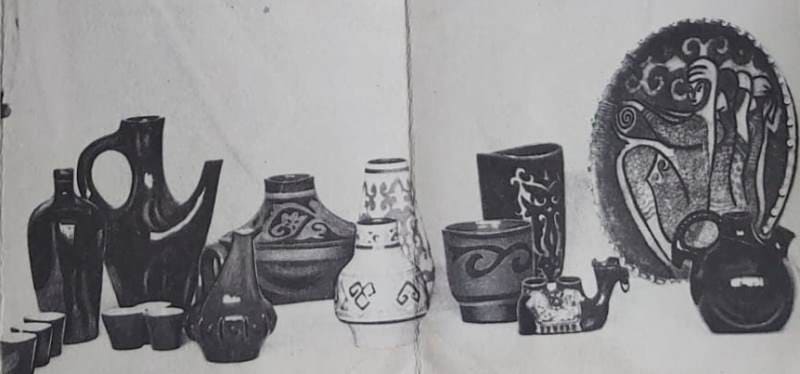
The factory was awarded a 2nd degree diploma of the USSR Exhibition of Economic Achievements. Taking into account the increased demands of buyers, such products as vases, "Frieze", "Souvenir", "Harvest", "Winter", "Cactus", souvenirs "Camel", "Argali", decorative dishes and others were prepared for sale.
All of them reflect the national traditions of the Kazakh people. On December 23, 2019, the ceramic factory ceased to exist.
Geographic coordinates of location of Almaty Scientific and Experimental Ceramic Factory: N43°14'59 E76°55'13
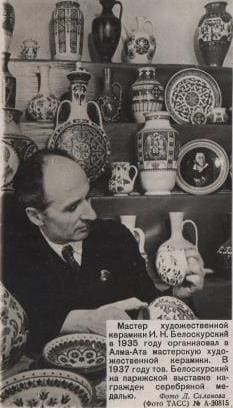
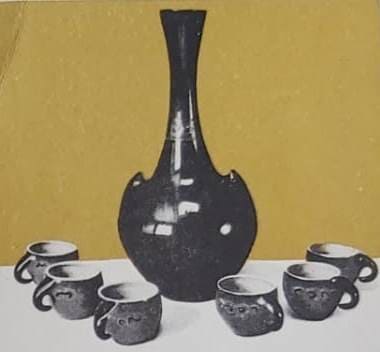
Authority:
Oksana. https://www.facebook.com/profile.php?id=100014720916998
Daughter of General I.V. Panfilov.
Today is a special day for me. Alua Bakhytjanovna Baikadamova wrote this morning. Alua Baikadamova is the granddaughter of the legendary General Ivan Vasilyevich Panfilov.
Here's the story.
I am collecting information about the activities of the unfortunately closed Almaty Ceramic Factory. That was its name before it closed in 2019. I found a page on Instagram of a store that operated at the factory. The last three posts amazed me:
10.14.2019 – Due to the closure of the enterprise and the store, discounts from 10 to 50%.
11.27.2019 – Final sale – 50%. We are working for the last month!
12.23.2019 – The last photo on the page of the once legendary plant. Without words. Silently. That's how they are silent when there is a dead person in the house.
I went to the place where I often grazed there in the early 2000s. The last time I bought vases was in 2015. The building is located on Karasay Batyr Street, 123 (former Vinogradova), corner of Muratbaev (former Goncharnaya). The store is closed, through the dirty glass you can see cement floors and bare walls.
A greenish-gray bas-relief remains on the building.
That's all. The plant with its glorious past is gone. The last one who fought for it was the deputy director Kulyash Gaysina, whom I searched for a long time, even found her phone number and the phone number of her husband Kadyr Gaysin (thank you, Elena Grigoryan!), but one number already belongs to another person, and the second is out of reach and does not answer.
I found the memoirs of Anatoliy Ivanov-Weisskopf on the Internet. Wow, we knew each other from a long time ago, even friends on FB, but I did not know that he worked at the plant in the early 1980s to 1991. I began to ask him about the craftsmen who worked there, he named their names, and suddenly said:
- Evgenia Ivanovna Panfilova, the daughter of General Panfilov, worked as an artist for us.
I jumped from such interesting news. I wrote to Alua Bakhytzhanovna, met with her.
Here is what she said:
General Panfilov had five children: Valentina (Alua's mother), Zhenya, Vladilen, Galina, Maya.
Zhenya and her little son Kolya moved from Moscow to Alma-Ata somewhere in the early sixties. My mother invited her to Alma-Ata. Zhenya went to work as a draftswoman at a ceramics factory. Later she worked as an artist. In 1968, five workers were awarded medals of the USSR Exhibition of Economic Achievements, including E.I. Panfilova - a silver medal, N.B. Ruzieva, V.F. Patsebin, V.F. Sadovskaya, F.A. Reznik - bronze medals.
She worked at the plant until her retirement in 1980.
She died in 2013. On March 16, I went to Kasteyevka for the opening of the exhibition of the remarkable Kazakh artist Ibrahim Kubekov and there I met Natalia Bazhenova, who heads the department of decorative and applied arts. They are currently making a catalog of ceramic products and collecting information in the archives about the years of life of artists, including Panfilova.
And today, Alua Bakhytjanovna clarified the years of life of Evgenia Ivanovna and sent me photographs. She was born on January 25, 1925 in Ashgabat. She died on March 25, 2013 in Almaty.
This information will be included in the catalog of the State Museum of Arts of Republic of Kazakhstan named after Abylkhan Kasteyev.
Authority:
Akhmetova Gradislava Robertovna, PhD in Economics, MA, MBA.
https://www.facebook.com/profile.php?id=100005113958498
March 27, 2023





